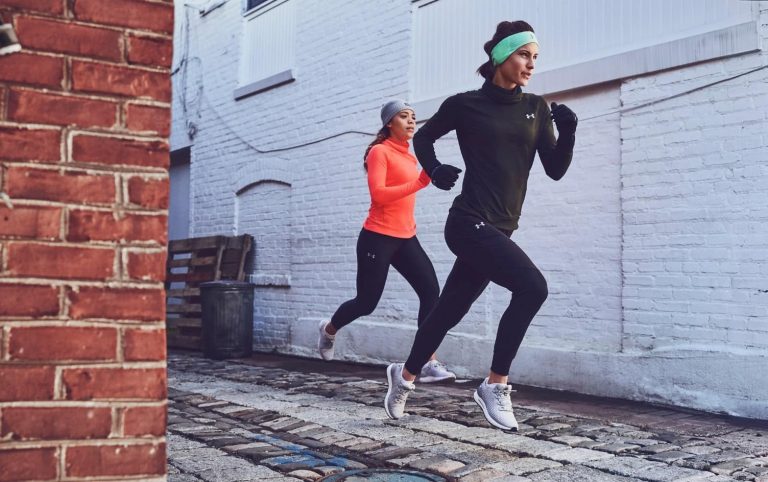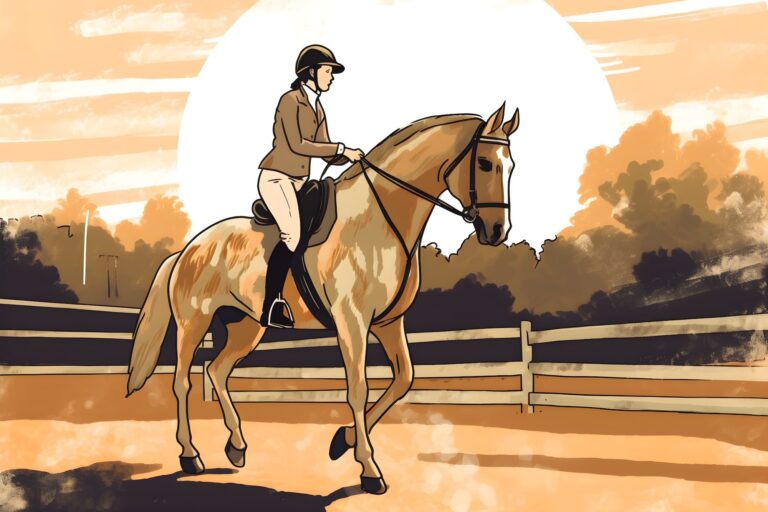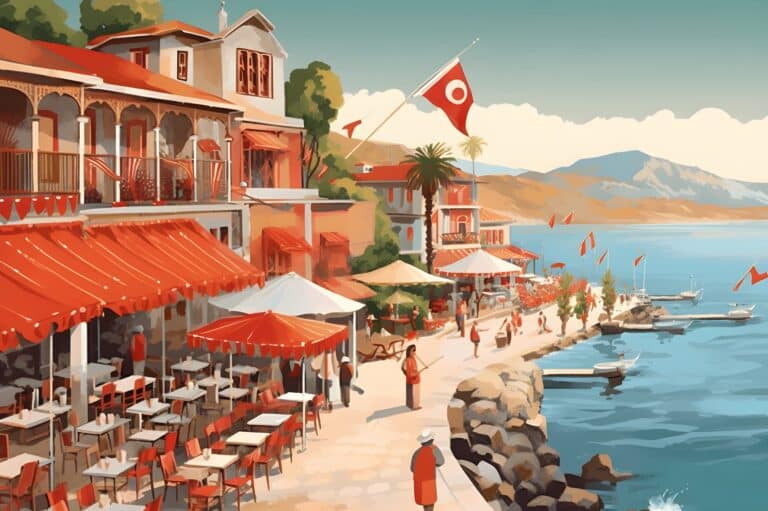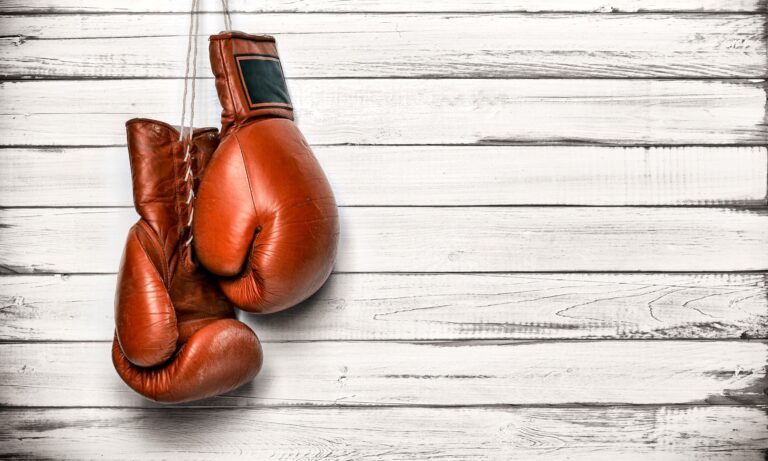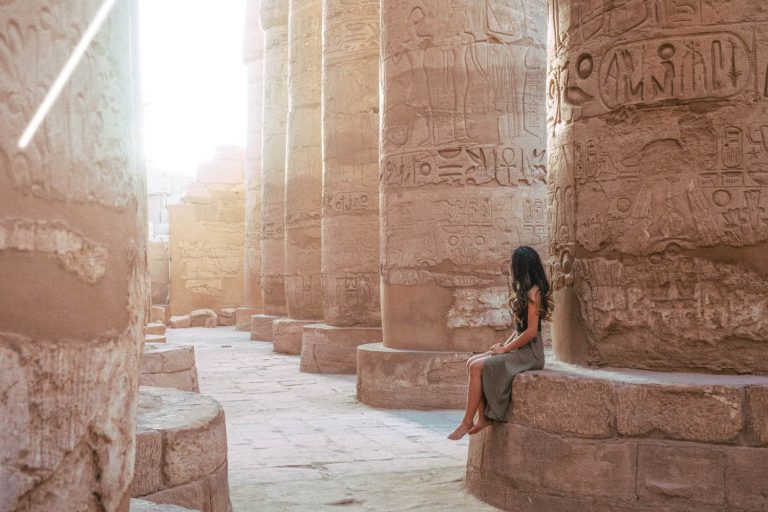Why Learn to Ride a Motorcycle for Adventure Travel
Around the time most people reading this were born, I decided to learn to ride a motorcycle. My main reason was “I feel like it’ll come in useful someday.” And it has.
Fast forward 20 years and I’m a motorcycle journalist, have ridden dozens motorcycles from 125cc to… much larger ones, and have learned to ride, maintain, and repair (at least some aspects of) them all.
Here’s how and why you should learn to ride a motorcycle too.
Learning to ride a motorcycle properly (and fix motorcycles too) has proven over and over again, in many countries and continents, to be a valuable life skill. Especially so the further you go from modern Western civilisation.
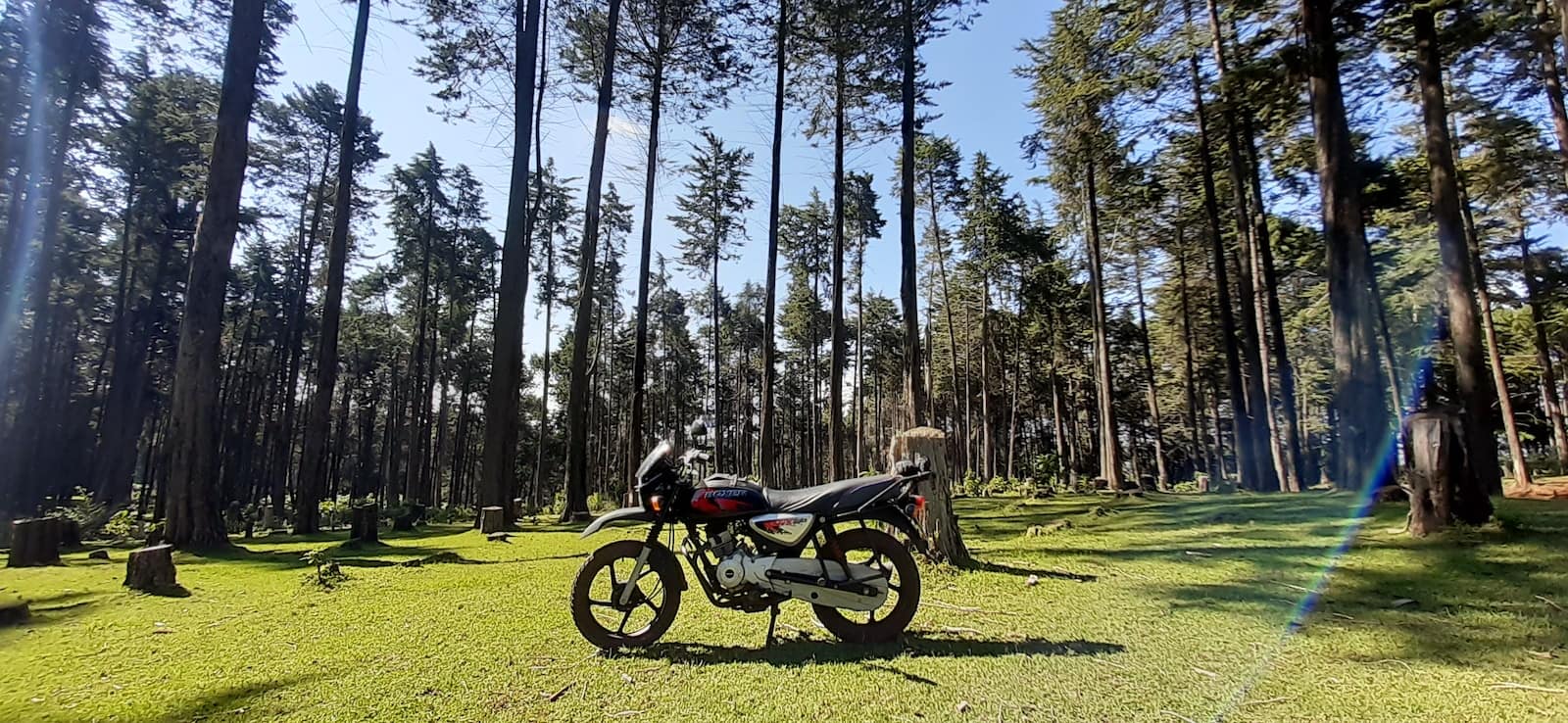
In this guide…
- Where people ride motorcycles in the world as transport
- Why you should learn to ride (and why you can’t wing it)
- How to learn to ride a motorcycle
- A word on motorcycle gear
- Suggestions for first motorcycles
Contents
Where People Ride Motorcycles in the World
Motorcycle sales are slowing down in the US, Europe and Australia. There are many theoretical reasons for this, but it’s generally because they’re becoming more unaffordable, luxury items, driving any vehicle is becoming more expensive, and in the scheme of things, riding motorcycles isn’t as cool as it used to be.
Because for some ungodly reason, nobody wants to look like this going to work any more:
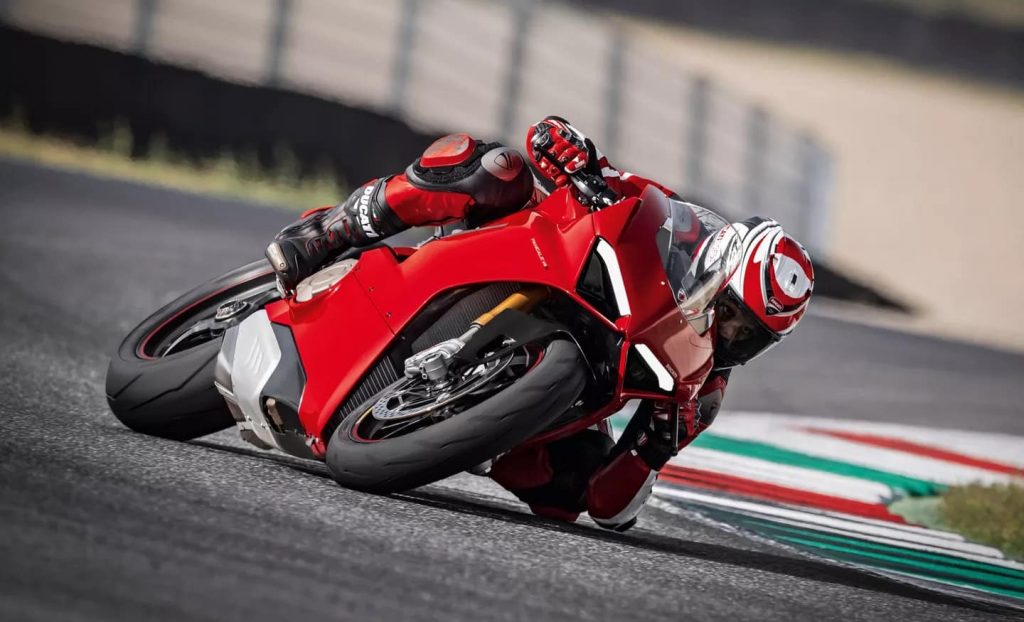
But worldwide, the motorcycle market is still growing. There was a pick-up in prices in 2020, but that was due to anomalous short supply.
People are still buying small motorcycles, and using them as transport in many parts of the world because they’re cheap, easy to ride, easy to fix, and extremely versatile.
There’s also the growing Uber Eats and other delivery markets that’s propelling the use of cheap, manoeuvrable transport.
That’s why in most of the less-developed world, motorcycles are a dominant (and growing) form of transportation.
In East Africa (and maybe Africa elsewhere), every male and many women know how to ride motorcycles. They’re known onomatopoeically as “pikipiki” in Swahili.
Small motorcycles in Africa used both for urban commuting and bashing bush trails. There are many maintenance shops, but they’re mostly for repairs, such as after (frequent) crashes, fixing stuck chains or replacing tyre tubes.
Motorcycles in East Africa are also used as informal taxis, called boda boda (which also sounds onomatopoeic). You can call them on Uber or Bolt, too.

In the Middle East, particularly large cities like Cairo, motorcycles are the cheapest and often fastest way of getting around. If you order food delivered, it will almost definitely come by motorcycle.
In Latin America, motorcycles take you to gnarly off-road destinations. You can navigate rocky roads on islands, throw your way up mountains, and get to a whole lot of places you can’t get to just on foot.
We’re constantly grateful that I learned to ride. In places to which we travel, it means we are far more mobile than others who have to organise motorcycle taxis, or bigger taxis. It just opens up the world for us.
Why You should Learn to Ride for Adventure Travel
Many people think they don’t need to learn to ride to benefit from motorcycling. Because firstly, you can get a ride with someone else piloting the motorcycle.
Or worst case, instead of learning to ride a motorcycle, many parts of the world don’t ask for your license before you rent a motorcycle. So you just rent one and you’re good to go, right? Wrong.
Firstly, learning to ride makes you a much safer passenger. When you learn to ride a motorcycle, you learn how to lean. How weight affects braking. Where to put your head, legs and hands.
When you learn to ride, you become so much more aware of what the vehicle can do, so you become better able to predict and avoid danger.
Secondly, learning to ride makes you a much better rider — even if you only plan on riding a simple machine like a scooter or a dirt bike.
Scooters are simple, and many people in less developed countries ride without proper training. But that’s how bad riders are made.
Without proper training, you never learn critical riding skills like:
- Braking: Untrained riders only use the rear brake, thinking its safer. But by doing this, they’re short-changing themselves of 80% of stopping power (which comes from the front brake), meaning they’re much more likely to skid right into another vehicle.
- Turning: Untrained riders turn by pulling on the handle bars. They will never learn to ‘counter-steer’, which is how you actually should turn at speeds above ~20 km/h, and make mistakes like looking at the thing they’re trying to avoid — the best way to guarantee you’ll hit it.
- Observing: Untrained riders never learn how to ‘scan’ and adjust speed and position for turns. And they never learn just how dangerous it can be to lose concentration for a second. Might sound crazy, but look around next time you’re in Egypt at how many riders are texting while riding…
Even though in most parts of the world you can get a scooter or motorcycle without showing a license, this is a great way to crash and ruin your holiday, and maybe your life.
The first time you come across something unfamiliar, like an off-camber downward sloping road on which you’re going too fast, you’ll panic, skid, and fall.
If you learn to ride a motorcycle will even become better at riding an electric scooter. You’ll be so much more aware of body position, braking capability, and general safety.

How to learn to ride a motorcycle
In most parts of the world, you need to go to rider school. In the US, you don’t have to, but people rarely regret it.
The below is an overview of how to get your motorcycle license, assuming you have a car license already and are over 21. Of course, check your local authorities’ web pages for more details.
Getting a Motorcycle License in Australia
In Australia, the process varies by state. In every state you have to start with a two-day pre-learner course, which is half classroom, half practical (and super fun!) where you learn how to ride a motorcycle — the basics, anyway.
Afterwards, there are several stages of courses and restrictions before you get an unrestricted license that lets you ride any motorcycle with a passenger. The whole process takes around 2-3 years!
Before you get your full license, you’re restricted in what motorcycle you can ride, and whether you can carry a passenger.
I got my Australian license a long time ago. But even then, I had to do two rounds of training.
Getting a Motorcycle License in the UK/Europe
In the UK, it also takes a few years to get your license. Most people who have a car license have to do a “Compulsory Basic Training” course, which is a 1-2 day course that lets you ride a motorcycle up to 125cc.
After that, you have to do your motorcycle test, which will give you an A2 license. This means you can ride “restricted” motorcycles with power up to 35kW.
After two more years, you can get your full A license with another test, which will let you let loose on that German sports-bike you’ve been ogling.
In most of Europe, there are a couple more stages, including even basic first aid training.
Getting a Motorcycle License in the US
In the US, getting a motorcycle license is very easy if you already have a car license. You barely have to learn to ride a motorcycle; you just need to demonstrate general competency.
The first step is to pass a knowledge test at the Department of Motor Vehicles (DMV). The knowledge test isn’t so easy that you can guess all the answers, but you get a few tries.
When I did my knowledge test, I skimmed the book in 30 minutes, failed the test once, read the parts I got wrong in the book while sitting in the DMV’s waiting room, then did the test a second time and passed.
The second step is to either do a road riding test at the DMV or to do a weekend-long approved training course, and take your certificate back to the DMV.
The road riding test is quite easy, but you need a small motorcycle to get around the obstacle courses (it needs a fairly small turning circle). Many people opt for the training course, because you learn a lot of safety advice, and it’s also fun.
Motorcycle Gear: Get a Helmet, Boots, and Gloves
In places like Africa, Asia and so on, you’ll rarely go above 50km/h, and usually hover at lower speeds. At these speeds, the most critical bit of gear is a helmet and gloves, and a boot if possible (a hiking boot is fine, and you probably have one).
If you want to learn to ride a motorcycle, you should be prepared for the possibility of falling off your bike.
You might scrape or break something, but your helmet will mean you avoid concussion, and your gloves will mean you can keep your job as a typist.
Of course, you can still break arms, burn your legs, and whatever else. If going on a longer trip, of course I suggest wearing more gear. But I’m aware that for shorter jaunts, it gets hot and is impractical, and is less critical.
In the West, speeds are higher. The risks are higher. Protective gear can really help you if you go sliding down the road, but we’re not talking about that kind of riding.
You don’t need to buy motorcycle gear new — in fact, second hand everything is best except a helmet. Don’t buy a second-hand helmet.
What gear you need and how much it’ll cost
The gear you need (and the rough budget) is the following:
- Helmet: At least $150 for a comfortable, DOT-certified helmet. Don’t go cheap, because cheap ones won’t protect you. Don’t buy one second hand unless you’re buying it from a trusted best friend. Don’t buy old stock — the foam goes stale. About US$150 will get you a decent, fully certified helmet from a good shop. US$500 gets you a great fitting one. It depends how much your head is worth to you.
Two less-often mentioned benefits of helmets: a) reducing wind noise and fatigue (and protecting your hearing), and b) reducing sunburn.
- Jacket: $150 for something armoured and maybe water-resistant. You don’t need leather, and textile jackets are usually more appropriate for wet weather anyway. You can still break a rib or collarbone in a jacket, but at least you won’t scrape your flesh off your elbow or internal organs.
- Gloves: $50 for armoured textile gloves. You can get cheap ones, but just make sure they’re snug and you can move in them. It’s amazing, but people regularly ruin their hands. If you have no hands, using your phone to browse Instagram is a lot harder.
- Pants: $100 for ugly but functional armoured textile trousers. These are hard. You cannot just wear jeans like Levis – slide for a metre on those and you’ll wear through them. Good pants also prevent you from being burned by your exhaust pipe.
- Boots: $100 for something above the ankles, made of tough material, and with a bit of armour to protect it all. Many people just look at Instagram and think everyone rides motorcycles in sneakers. Not so. Those people eventually crush their ankles. If you like the sound of crushed ankles, just wear sneakers.
If you don’t want to buy (and wear) at least a helmet and gloves, you have to tolerate the risk of serious injuries. It may not happen to you, but I keep seeing it.
If you have friends who don’t use it all and have crashed and “are fine”, that’s OK, and you can do that.
I just go by statistics that say motorcyclists in the US are about 30x* more likely to die in an accident than a car driver. None of my rider friends have died. But riders get injured and die all the time, and I want to avoid being one of those.
* Those stats include everyone who rides with no gear (helmets aren’t mandatory in most of the US), under the influence of drugs/alcohol, and people texting while riding. There are some easy ways to increase your odds.
Where to get cheap (but good) motorcycle gear
You might be shocked at how much motorcycle gear can cost. But apart from helmets, there are some great places to buy
For cheap gear, check out your local motorcycle garage or mechanic bay shop. Many of the kind of places where you can rent a mechanic bay have a “community shop” section where you can buy cheap second-hand gear.
There are also many fairs organized by these shops. Join some local mailing lists and Facebook groups, and stay in touch with them.
Finally, sometimes people will just give you stuff. If you ask on Reddit’s r/motorcycles group, people have been known to just post you gear. Motorcyclists can be very, very supportive.
First Motorcycles to Buy
If you want to learn to ride a motorcycle to prepare for travel, your first motorcycle should probably be one that:
- Comes from a seller you trust
- You aren’t afraid to ride (i.e., nothing scary powerful) — this is for Americans who can buy anything as a learner
- Can go highway speed (depends where you live) without being at totally full throttle — or, just make sure you stay off highways if you can avoid it
- You think looks cool (you have to want to ride it)
- You can afford to “drop” (either at a standstill, or low speed, like in a car park)
- Isn’t a maintenance nightmare (unless you want to learn that too!)
- Is legal (in some places, it doesn’t matter). For example is “A2” compliant in the UK, or “restricted” in Australia.
This basically means you should find a dealer you trust (or a close friend), show up with around US$2,000, and buy something used that’s less than 500 cc.
Do not buy for your first motorcycle a basket case from Craigslist/Gumtree, that “cheap” motorcycle for $1000. You don’t know what you’re getting.
The key in the above is buying from a person you trust. There are many motorcycle dealers that will make sure you don’t buy something too powerful as your first motorcycle. If it’s a friend, make sure it’s one you really trust — or whose friendship you won’t lose if something goes wrong. (For example, if I sold my a bike and something broke right away, I’d pay for the repairs or buy it back.)
They’ll usher you into something cheap, knowing you’ll learn a lot, and come back — they’ll even give you a good trade-in price. If you buy something cheap, you’ll ride more, learn more, and lose less money (you might even break even).
Some great examples of first motorcycles that people love are:
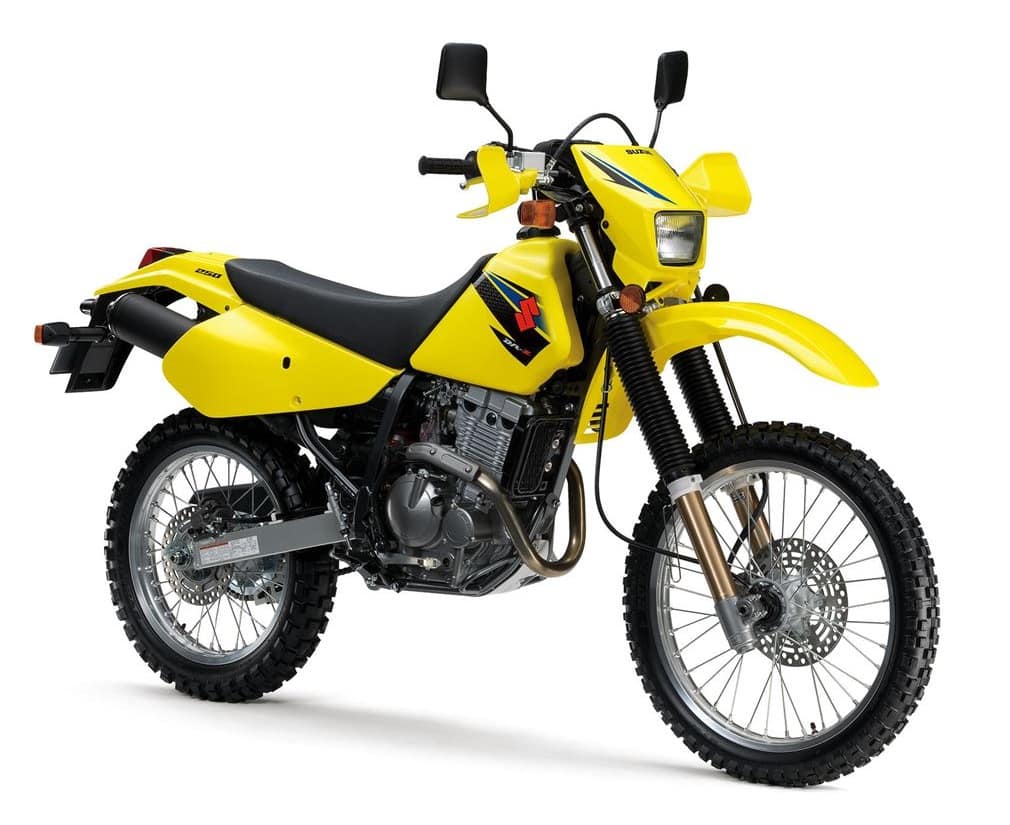
A dual-sport (road/dirt) bike like this Suzuki DRZ-200. Dirt bikes are easy to manoeuvre in traffic, really light, and very fun! You can also ride them off-road easily, and that’s a great place to practice. Many experienced riders still own these.
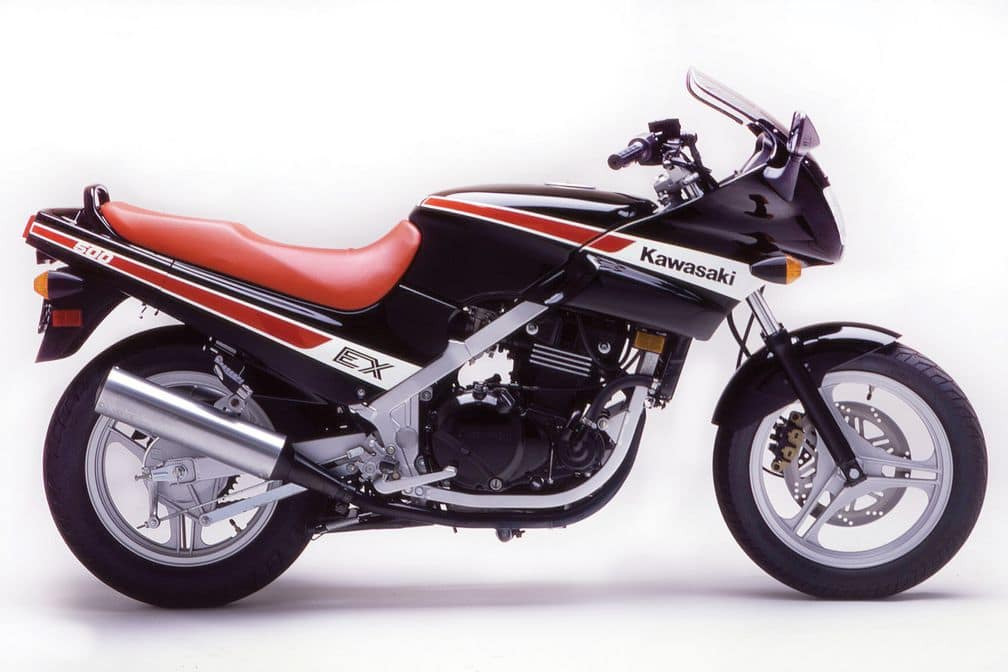
A Kawasaki EX500. These are comfortable and sporty motorcycles that are light and not very powerful. You can buy them used easily for US$1,500-2,000, even from a dealer. Plus, they look (and sound) decent.
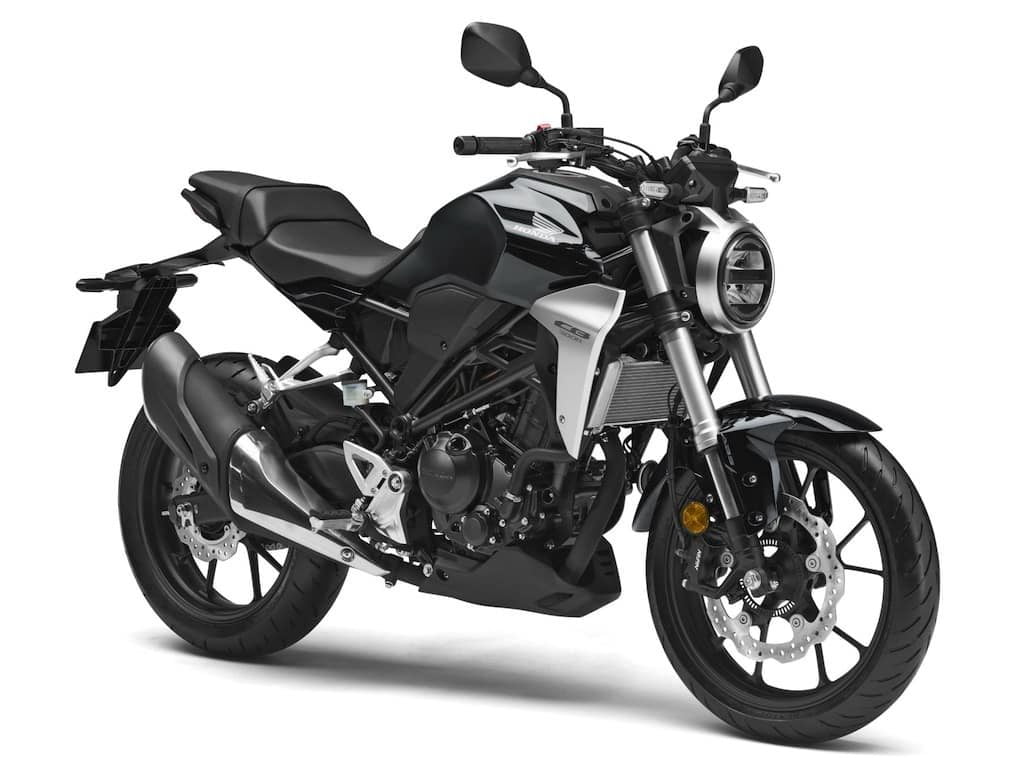
A Honda CB300R. This is new, and you can get them for US$5,000. I mention it because it comes with ABS and even some advanced safety features. Older Honda CB250 and CB300 models can be bought for a song, too.
There are many other options for a good first motorcycle. These are just a few suggestions.
If you want to get some tips on the first motorcycle you can get for adventure travel, then don’t hesitate to contact us. Just be warned, it might be a long answer. I really like writing about motorcycles!

